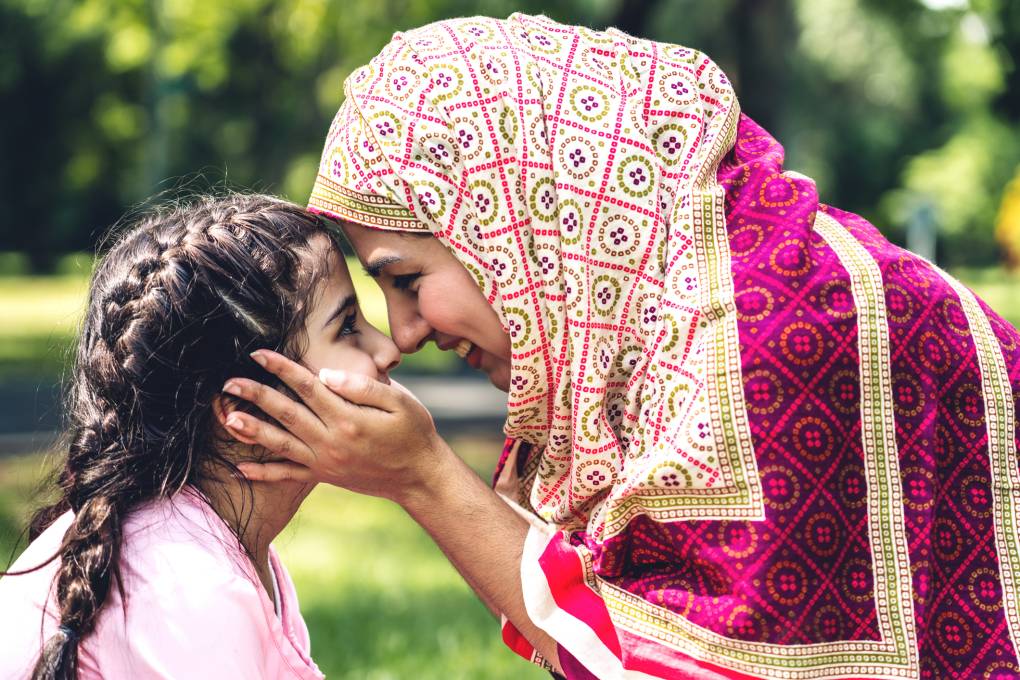Sensitive children often get a bad rap. They can be labeled as “difficult,” “dramatic” or “spoiled,” and often parents are blamed for coddling or over-accommodating them. Yet, research increasingly suggests that children show real differences in sensitivity and respond to parenting differently as a result. In other words, some children really are more sensitive than other children and it isn’t just an excuse that parents use for “misbehavior.”
One way that researchers have conceptualized sensitive children is the Orchid-Dandelion metaphor. According to this metaphor, some children are orchids, meaning they thrive only under ideal conditions and are very sensitive to changes in their environment. Orchid children are contrasted with dandelion children, meaning children that can flourish in any environment and who are not very sensitive to environmental changes. According to this study, about 31% of people are orchids and 29% are dandelions. Researchers also found that about 40% of people are tulips, meaning they show a level of sensitivity somewhere in between dandelions and orchids (that is, they don’t necessarily need ideal conditions like orchids but can’t flourish in any condition like dandelions).
Some researchers argue that the Orchid-Dandelion metaphor is an oversimplification and that sensitivity occurs on a spectrum. Researchers also argue that most children are not simply sensitive across the board but show a unique profile of sensitivities. For example, your child may be very sensitive to changes in their sleep but not very sensitive to changes in their routine, or they may be the pickiest eater but can jump into any new situation without hesitating. Although the Orchid-Dandelion metaphor may be an oversimplification, it does help us to understand that sensitivity is all about how children respond to their environment. Being sensitive doesn’t mean that there is anything wrong with the child themselves. Rather, it means that we might have to alter the environment in order to optimally meet their needs.
Sensitivity in children is also discussed in the framework of being a “highly sensitive person” (HSP). This term was coined by psychologist Elaine Aron in 1997 in her book, The Highly Sensitive Person: How to Thrive When the World Overwhelms You. Being a highly sensitive person is not an official diagnosis or mental condition, but research finds that it is a personality difference characterized by being more hesitant in new situations and showing more sensitivity in sensory input (such as being more reactive to pain, noise or lack of sleep). Research also finds real neurobiological differences in how highly sensitive individuals respond to their environment.
A recent study provides some new insights into sensitivity in children and what we can do as parents. This new study looked at how a child’s sensitivity impacts their development later in life and found some interesting results. This study looked at how sensitive children were to the following influences at age 3:
- Parent praise
- Parent stress
- Child mood
- Child sleep
Any parent of a toddler (especially any parent of a sensitive toddler) will get a kick out of this — the researchers measured sensitivity of children during toothbrushing. Parents submitted videos of their children during toothbrushing for two weeks and kept diaries of their children’s moods and sleep. An interesting aside is that this research group found in a previous study that children brushed their teeth for longer when their parents used more praise and less direct instruction and on days when they were in a better mood.

